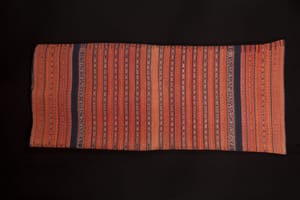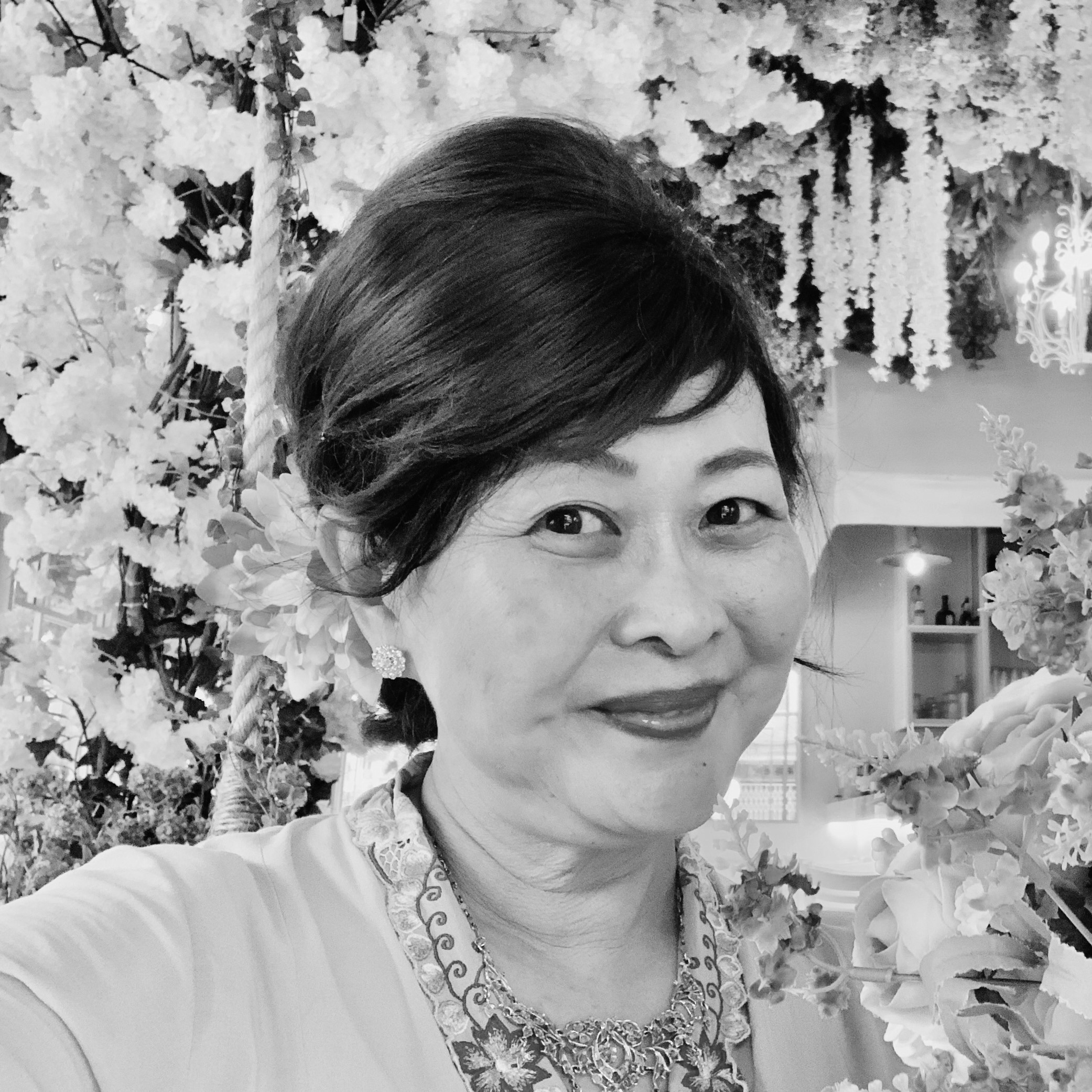Photo credit: Suan I Lim
TEXTILES ARE MORE than just fabrics—they are the woven stories of our cultures, histories and identities. Among the most intricate and meaningful of the textile traditions is ikat, a resist-dyeing technique that produces mesmerising patterns through a meticulous process of tying, dyeing and weaving.
Our personal collection of ikat textiles spans the Nusantara region, with different tribal cultures and histories, from the lush rainforests of Sarawak to the stunning, exotic islands east of Bali in Indonesia. Each piece tells a story, not just of artistry, but of the societies that created them, and the love and the dedication which the weavers tied, dyed and wove into every piece. We treasure them as the warisan (cultural heritage) of Malaysia and the Malay Archipelago.
Here, we trace the cultural significance of ikat weaving. These textiles are what we call the Versace, or primitive couture (high culture), of indigenous fashion, woven and worn with pride and elegance by the peoples in Sarawak, Borneo and the islands beyond the Celebes Sea. Our journey as collectors of ikat textiles date back nearly half a century, from our first pua kumbu (traditional ceremonial cover cloth) from Kuching, Sarawak collected in 1979, to the regal sarongs of Sumba.






